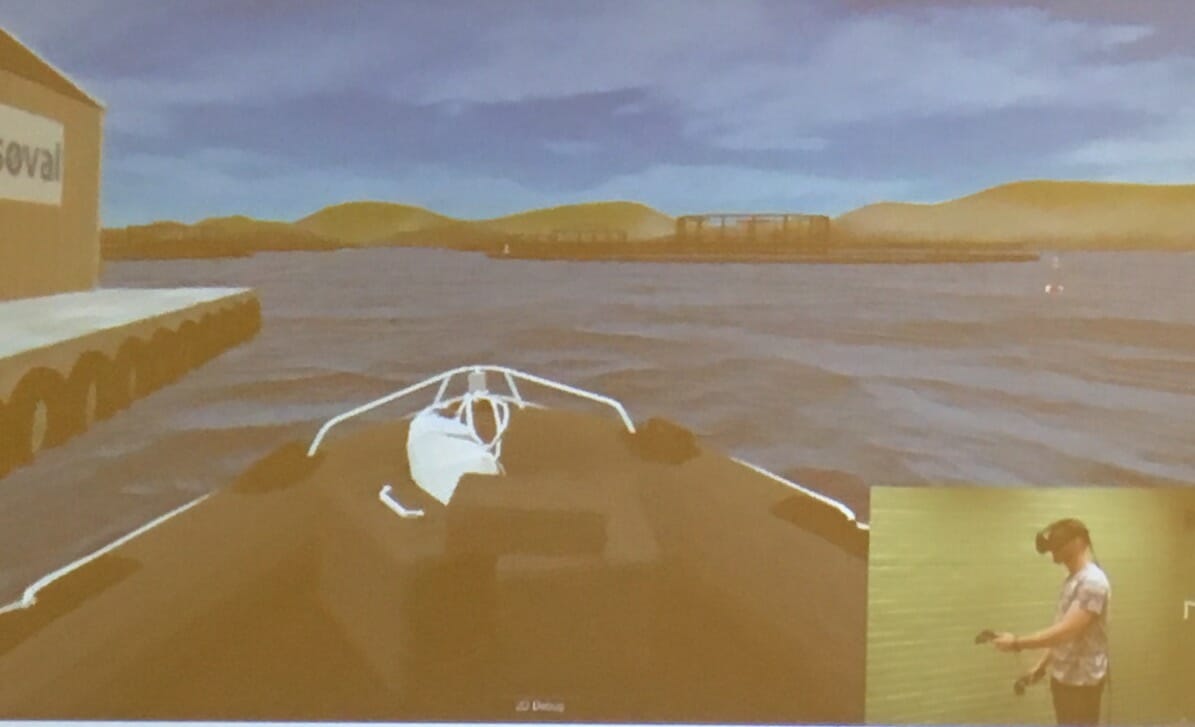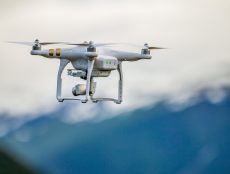
Articles
Editor’s Picks
Industry News
Mixed Reality Workplace Training in Norway
By Cait Etherington
July 05, 2018
In the past, mixed reality, which combines both virtual reality and real-life contexts, has primarily been used to train workers in fields where simulations have long been a key element of training (e.g., the training of pilots). But can mixed reality also be used to train workers in other contexts? A team of Norwegian researchers have found that mixed reality may have far broader applications, including introducing potential workers to the fish and aquacultural sectors.
In June, Ekaterina Prasolova-Førland of the Innovative Immersive Technologies for Learning (IMTEL) Lab at Norwegian University of Science and Technology in Trondheim, Norway was in New York to share her research on mixed reality with educators, researchers and instructional designers at the 2018 International Conference on E-Learning in the Workplace.
What is Mixed Reality?
Mixed reality is most often understood as a blending of the physical world with the digital world. The term mixed reality first appeared in a 1994 paper by Paul Milgram and Fumio Kishino, “A Taxonomy of Mixed Reality Visual Displays.” At the time Milgram and Kishino observed, “The conventionally held view of a Virtual Reality (VR) environment is one in which the participant-observer is totally immersed in, and able to interact with, a completely synthetic world. Such a world may mimic the properties of some real-world environments, either existing or fictional; however, it can also exceed the bounds of physical reality by creating a world in which the physical laws ordinarily governing space, time, mechanics, material properties, etc. no longer hold.” They proposed that it may be more useful to explore what they called a “virtuality continuum,” and this continuum includes experiences that merge real and virtual worlds, or mixed reality (MR).
Mixed Reality Training in Norway

Among Prasolova-Førland’s many current research projects is one with the Norwegian Labor and Welfare Administration. Norway, which has a unemployment rate even lower than that of the United States, still does have a certain number of young people out of work. The target audience for this project was young people up to 25 years of age. As Prasolova-Førland notes, many of the project’s target audience are not only unemployed but also have dropped out of school or struggled to complete their high school education (sometimes due to a learning disabilities). Prasolova-Førland emphasizes that games can be especially effective at reaching this vulnerable demographic.
Job seekers with dyslexia, for example, often find it very intimidating to look at a list of jobs and job descriptions. The text-based advertisements are simply inaccessible, but as Prasolova-Førland notes, “The simulations enable these job seekers to learn about jobs without reading a lot of texts.” She adds, “They may raise the job seekers’ confidence even before they apply for jobs. For this reason, we find that mixed reality can be a very good way to supplement traditional career counselling for job seekers. The job counsellors with whom we’ve worked seem to agree that the simulations can be a very good addition to what they are already doing. It is all about trying out things in a safe setting.”
Recruiting in Norway’s Salmon Industry
For many years, oil was the primary industry in Norway. As oil prices fell, other industries became more important, including the salmon farming and processing industry. The industry recruits thousands of workers every year. The growing demand for workers combined with the desire to investigate the potential of using virtual and mixed reality to support young unemployed Norwegians prompted Norway’s Labor and Welfare Administration to partner with Prasolova-Førland’s team of researchers at IMTEL to develop a simulation for potential workers.
In Prasolova-Førland’s recent talk at Columbia University, she showed several clips from the simulation. Potential workers have an opportunity to drive a virtual boat to a salmon farm and participate in all the daily activities they would carry out if they were actually working for a salmon farm or processing facility (e.g., checking to ensure the nets have not be damaged and removing any fish suffering from disease). “The concept is to give a taste of a job to young people who are unemployed by exploring different workplaces in different locations,” says Prasolova-Førland. “We also collect data based on how the young people perform. If they are doing a simulation in a fish factory and wash their hands before they enter the facility, they gain a point. So, the game also offers data on how they are adjusting to each job. This can be a good indicator of what sort job might work best for them.”
While not yet available nationwide, Prasolova-Førland hopes the program, which relies on different forms of VR, will soon be available across the country: “We hope there will soon be VR centers in every employment center in Norway.”









No Comments